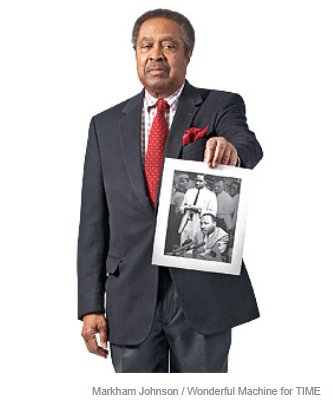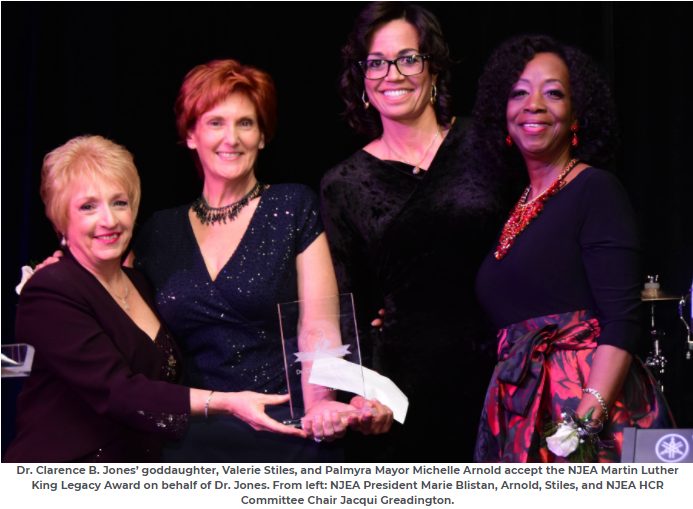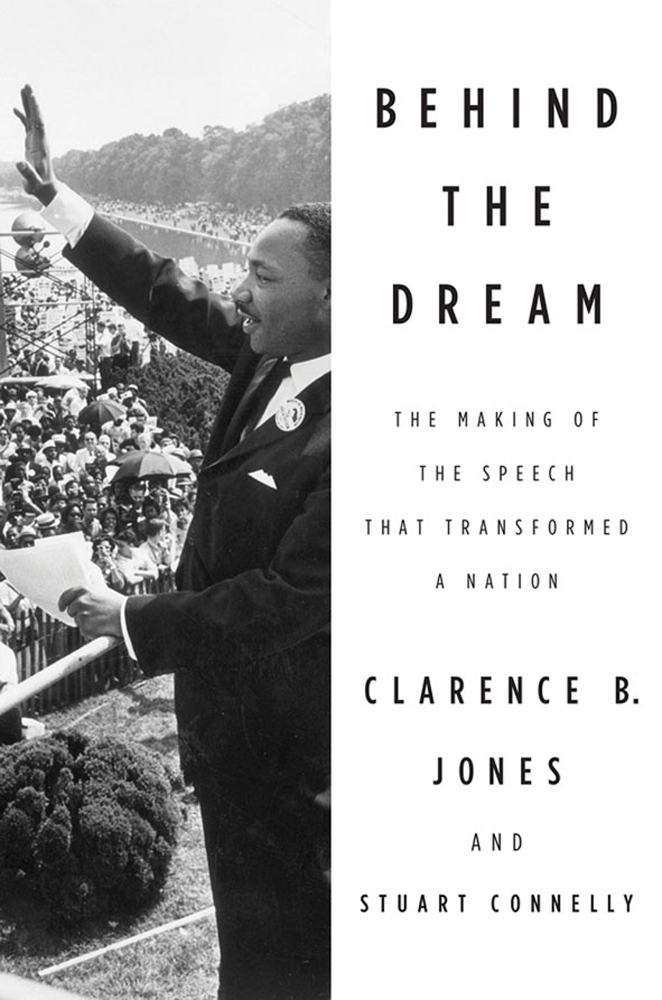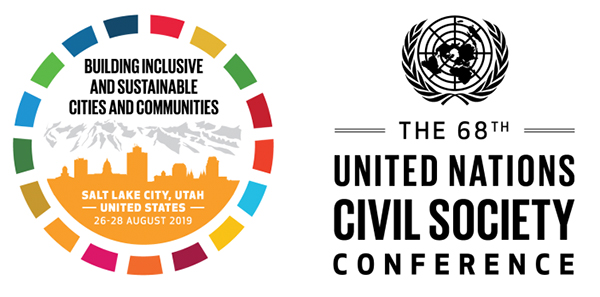 August 26-28, 2019, Salt Palace Convention Center, Salt Lake City
August 26-28, 2019, Salt Palace Convention Center, Salt Lake City
CLICK HERE FOR PHOTOS FROM THE EVENT
About 5,000 participants from over 100 countries attended the annual UN NGO conference, described by the UN as the Organization’s “premier event in the civil society calendar” in Salt Lake City. Utah’s capital city is the first in the United States to host the annual conference outside the United Nations Headquarters in New York. The theme of the conference was, “building sustainable and inclusive cities and communities.” Conference sessions include topics connected to that theme, including climate change, opportunities for youth, and emerging technologies and innovation.
The Clarence B. Jones Institute for Social Advocacy partnered with three international non-profit organizations for an exhibit entitled “Return to One: One Planet, One Spirit, One Human Family.” The Brahma Kumaris (India), Legion of Good Will (Brazil) and International Federation of Women in Legal Careers (France) along with the CBJ Institute presented an interactive display that allowed individuals to interact with others but also allowed space for personal inner reflection followed by the opportunity to process and express those reflections in written words.
For a conference focused on climate, inclusivity, and sustainability, it is unsurprising that people were drawn to the magnificent tree on display at the ‘Return to one’ exhibition booth. The esthetics of the beautiful tree along with four banners of the participating organizations was both powerful and elegant. Each organization highlighted their work on one of the four steps along the “Spiritual Trajectory”: awareness (BK), mindset (IFWLC), dream (CBJ Institute), then sustainable action (LGW). The goal of the exhibit was to encourage participants to embark on the journey from awareness to sustainable action, and end by writing their commitment to action that would help bring unity to the world on leaf-shaped post-its, and stick it on the tree.
What may have surprised some participants, however, is that the booth was not solely focused on climate sustainability, but rather emphasized a much deeper sustenance of the self. This was demonstrated by the way the tree’s strong roots became entwined with the glowing earth below it, while the light of the sun shone behind in perfect synergy. It was interesting to witness people approach the exhibition hesitantly and guarded, only to be engulfed by the powerful energy and feel inspired and empowered. Some people became emotional as they shared their reflections on the small pieces of paper shaped in the form of leaves that were then place on the tree.
The exhibition attracted dozens of participants, including the local press, who walked through the reflective process. The tree began bare but by the end of the three days, it was covered in leaves representing Commitments to Action that included wanting to become educators, improving their household’s recycling, or joining local action committees.
Interestingly, 40% of people wrote “love” as their action. While others may dismiss such answers as being nonspecific, the four non-profit organizations recognize that love is often the most radical and revolutionary act a human being can perform. Love is what bridges divides and reminds us of our humanity. It underpins all of the work others NGOs at the conference were conducting and it is the fundamental approach for the Clarence B. Jones Institute for Social Advocacy. In many ways, the exhibit was about caring for the caregivers of the world, those working on grassroots level, and restoring their faith in peace. In a large warehouse of an exhibition hall, the energy from the “Return to One” exhibit created a warmth that brought people into a space where thoughts, intentions, and love were valued.
The Clarence B. Jones Institute for Social Advocacy actively seeks to participate in UN sanctioned events to share its mission which invokes community, empowerment, compassion and unity through civic service, research and education. Its aim is to keep Dr. Martin Luther King’s “Dream” alive, ensuring everyone recognizes that he/she is self-empowered with unlimited resources.
For more about the Return to One: One Planet, One Spirit, One Human Family exhibition at the 68th UN Civil Society Conference visit: http://bit.ly/2kbWsPh and http://bit.ly/2kfPOHW
 Palmyra, New Jersey 08065
Palmyra, New Jersey 08065 (856) 220-6298
(856) 220-6298


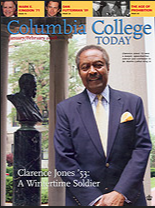

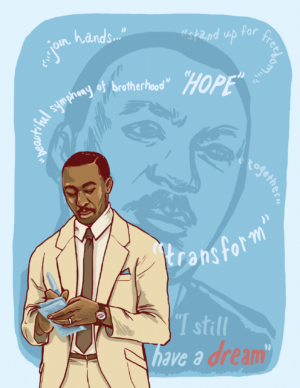 LEST WE FORGET
LEST WE FORGET Palmyra High School
Palmyra High School 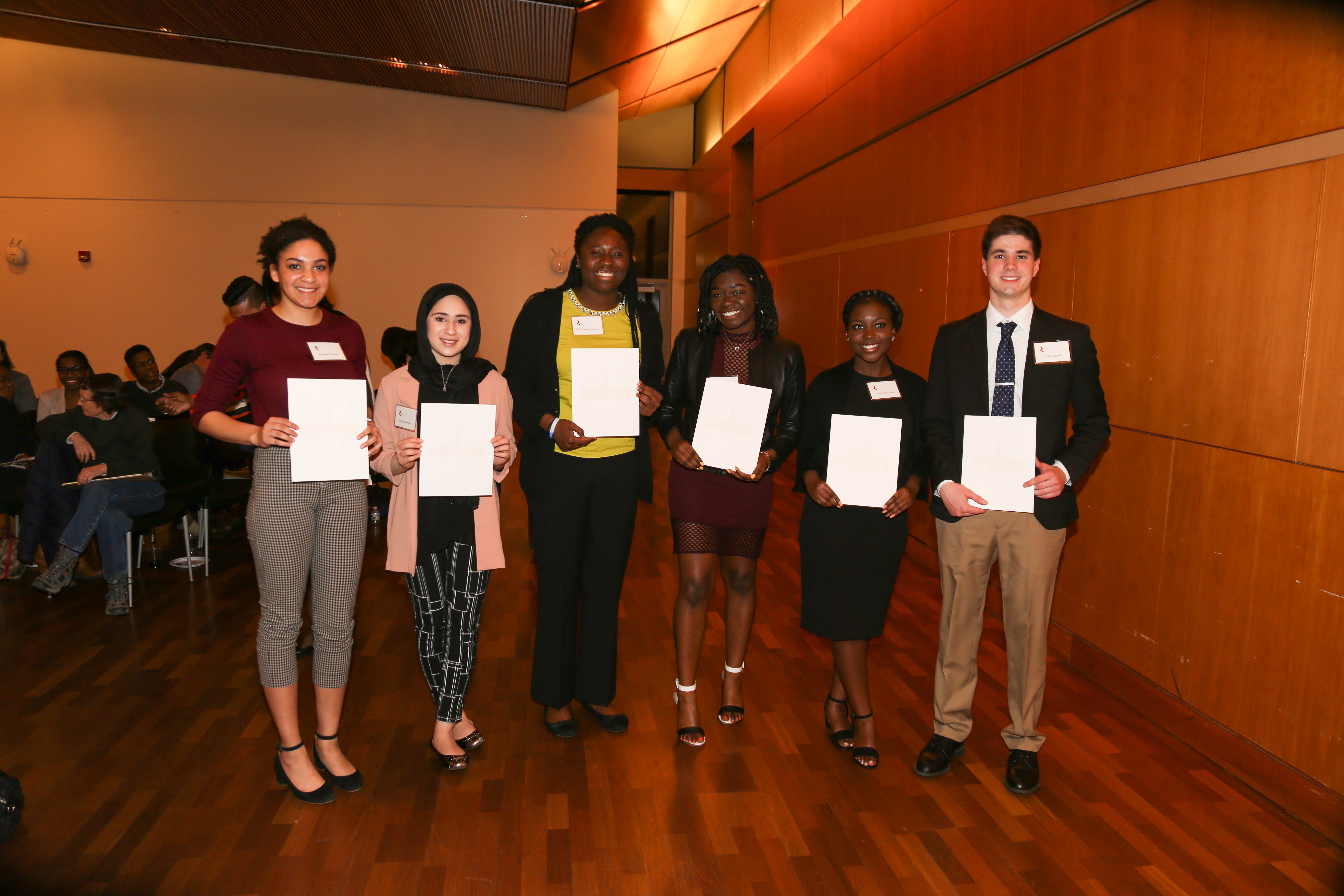 Recipients of the Princeton Prize in Race Relations have stood up to intolerance, worked towards greater inclusivity, and encouraged understanding and harmony in their communities. Some have even been recognized by President Obama for their efforts.
Recipients of the Princeton Prize in Race Relations have stood up to intolerance, worked towards greater inclusivity, and encouraged understanding and harmony in their communities. Some have even been recognized by President Obama for their efforts.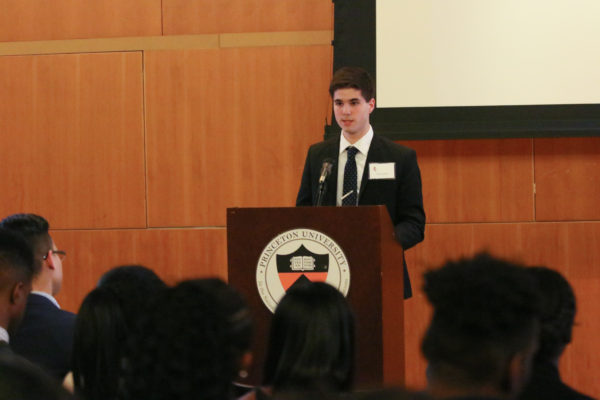 Now Colin has begun the second phase of his project with research on a few of the other original homes to determine their link to the Underground Railroad and the abolitionist movement. He will produce other mini-documentaries based on his findings.
Now Colin has begun the second phase of his project with research on a few of the other original homes to determine their link to the Underground Railroad and the abolitionist movement. He will produce other mini-documentaries based on his findings. 
